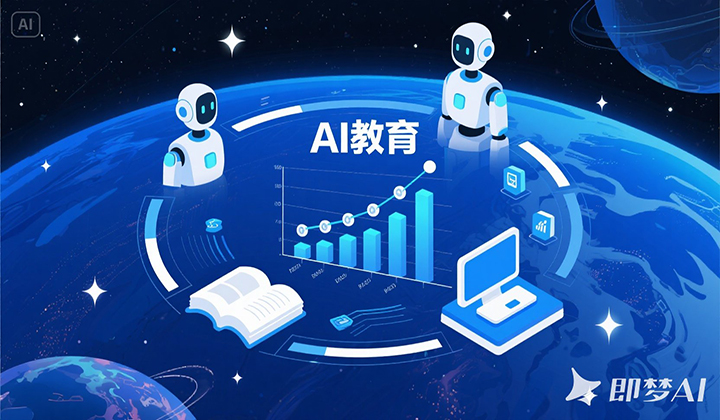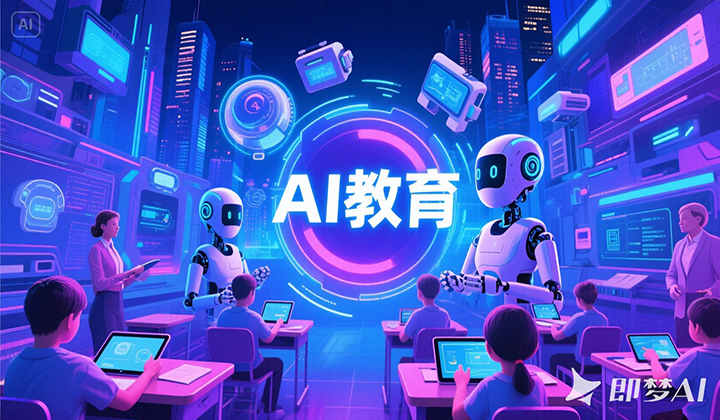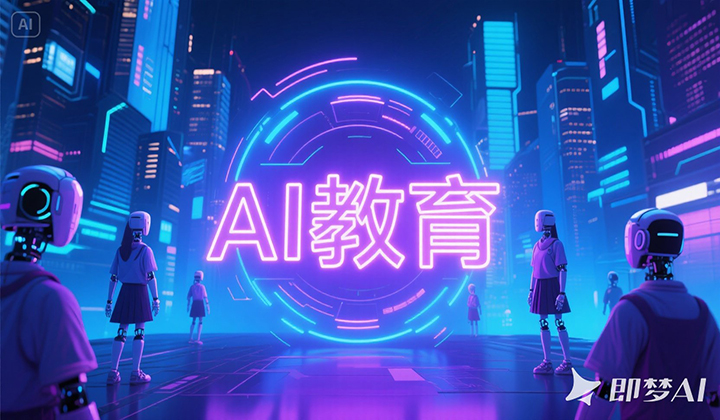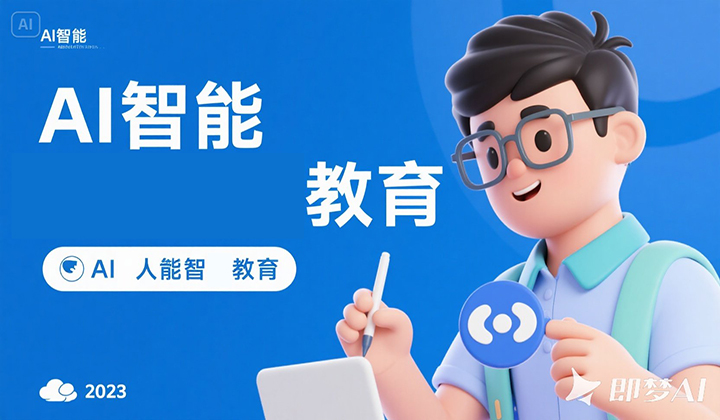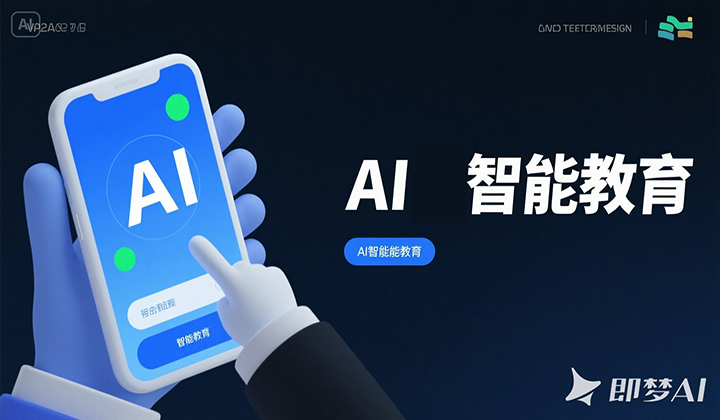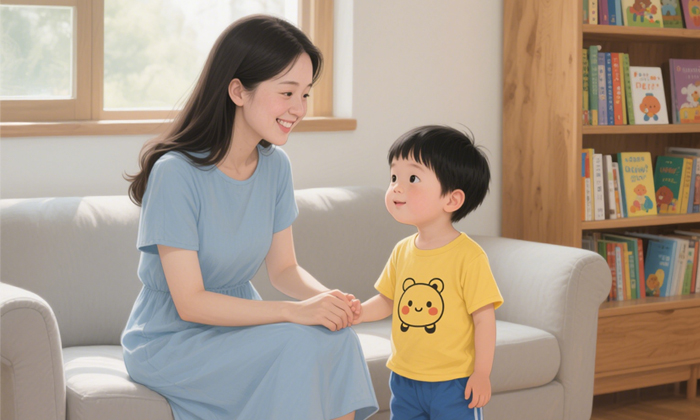AI Enlightenment Education: When Children Meet Artificial Intelligence, What Kind of Guides Should W
At seven in the morning, six-year-old Duoduo squats in front of the sweeping robot, watching it deftly navigate around her toy car. Suddenly, she looks up and asks, “Daddy, is this little disk smarter than me?” This innocent question reflects the inherent curiosity of a new generation growing up in a world where artificial intelligence (AI) permeates daily life like air.
A decade ago, parents debated whether to let their children play with iPads. Today, AI enlightenment education has quietly become a new frontier in global education. In Silicon Valley kindergartens, children program robot “brains” with colorful building blocks. Singaporean elementary schools integrate machine learning into science classes. At China’s science museums, kids stand on tiptoes to interact with AI painting systems. This is not a frenzy of overambitious parenting but a quiet educational revolution. As AI begins reading X-rays, composing symphonies, and drafting news articles, our children no longer need “user manuals” but wisdom to coexist with machines.
At a makerspace in Hangzhou, I once witnessed a striking scene: an eight-year-old boy named Xuanxuan used a graphical programming tool to teach AI to recognize different emotional facial expressions. When the virtual character on the screen accurately shouted, “You’re angry!” he clapped excitedly: “So computers need to practice many times to get smart too!” This tangible understanding lies at the heart of AI enlightenment—demystifying technology’s “black box” and bringing algorithms down from the cloud into small, curious hands. Through training image recognition models, children learn that “mistakes are stepping stones.” By debugging voice assistants, they grasp that “communication requires clear instructions.” These cognitive shifts matter far more than memorizing lines of code.
Yet this enlightenment movement requires caution. At a training center in Beijing’s Zhongguancun, the sight of five-year-olds reciting Python code into cameras is unsettling. True AI education should not force-feed programming but nurture like spring rain. Explain face recognition’s light-spot detection while grocery shopping. Discuss recommendation algorithms during cartoon time. Even use oranges and apples to teach machine learning classification. Remember the 12-year-old boy who built an AI model to predict his father’s worsening diabetes? His inspiration began with noticing patterns between glucose readings and his dad’s overtime hours.
In this dance between humans and machines, cultivating values is more urgent than technical knowledge. When British schoolchildren debate “Should AI grade homework?” and Japanese students discuss “self-driving cars’ ethical dilemmas” in robot ethics classes, our children too must understand: AI can solve Olympiad math problems but cannot fathom why Grandma hesitates to turn on the AC. It can generate flawless essays but cannot capture the warmth of a classmate lending an eraser. At an elite Beijing elementary school, children added a “comfort mode” to a trash-sorting robot—when it detects frustration, it plays encouraging audio. Such humanized creativity may hold the key to future human-AI collaboration.
At this educational crossroads, we finally understand: AI enlightenment isn’t training “junior coders” but nurturing a new generation with digital literacy. Just as the Industrial Revolution birthed modern education 200 years ago, today we must teach children to dialogue with intelligent civilization while preserving human warmth. When Duoduo asks, “Can AI dream?” perhaps the best response is to open a home AI kit: “Let’s build a dreaming robot—your imagination will be the algorithm, and my love will fuel its data.”
As morning light floods the room, the sweeping robot finishes its work. Duoduo places her favorite doll atop it: “Today, you’re the princess, and the robot is your carriage!” This playful scene perfectly captures the beauty of education in the AI age—when technology becomes a partner in exploration rather than a rival, the light of human wisdom will forever shine among the stars of algorithms.







